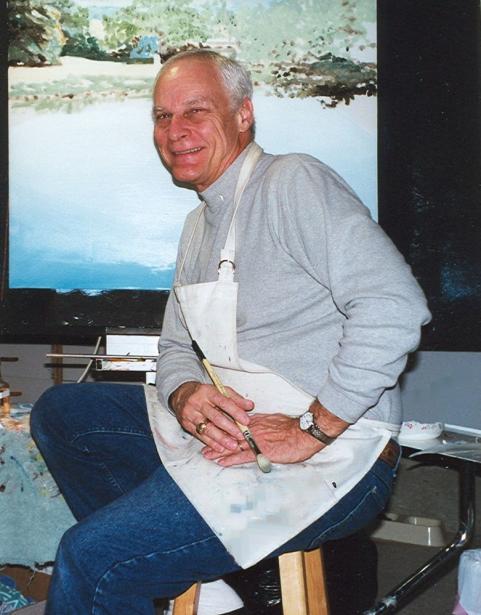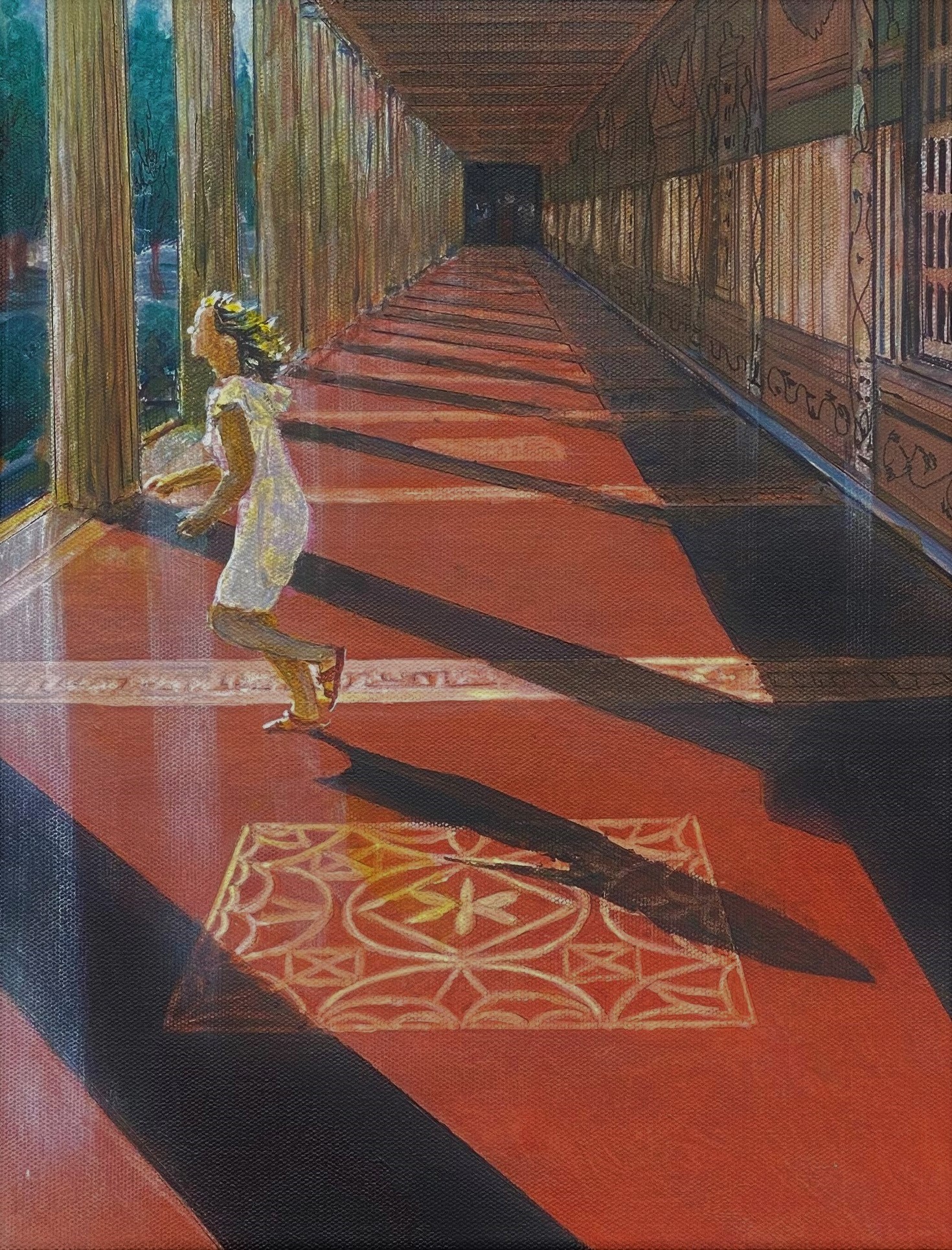Paul Steucke Sr. author, graphic designer and fine artist for over 56 years, has lived, painted and shown his work in Anchorage, Alaska; Reston, Virginia; Olympia, Washington; and Kailua-Kona, Hawaii.
He has a fine arts degree from the Virginia Commonwealth University, College of William and Mary, and has received two competitive art fellowships from the Virginia Museum. His work has been exhibited in Richmond, Leesburg, and Reston, Virginia; the U.S. Capitol, Washington D.C.; Anchorage, Fairbanks and Prudhoe Bay, Alaska; and also, in Martinsburg, West Virginia; Honolulu and Kamuela, Hawaii; and Olympia, Seattle, and Ellensburg, Washington. He has produced numerous commissioned portraits.
Paul has designed publications and symbols, and provided illustrations and photographs for several national organizations. His artwork has been published as limited-edition prints, the most popular being paintings and prints of cadets at the U.S. Army Military Academy at West Point, New York.
Duty-Honor-Country, Cadet Prayer, and Bicentennial are on permanent display at the Academy. His most recent work is a $25,000 commissioned painting for the Jewish Chapel at the U.S. Military Academy.
For five years he and his wife volunteered to teach a weekly art class at the Olympics West retirement home in Tumwater, Washington.
As an author, he has published two memoirs, Burbia Boy, the story of his growing up in Northern Virginia, and Burbia Man, Thirty Years as a Federal Civil Service Servant. A beautiful 122 page full-color book, The Artwork of Paul Steucke, is also available. All three books can be purchased from Amazon.com.
Several of his most recent works were hung in juried art shows in Olympia and Tacoma, Washington.
Art styles that have common characteristics and goals have been given names or labels, usually by people other than the ones who create the art. Expressionism, realism, pop art, abstract, surrealism, the list is now several hundred long. The artists themselves do not care what it is collectively called. It is the critics and galleries that create names to describe and encourage the sale of the latest art.
In the late 1800’s artists began to paint using techniques that emphasized broad areas of color and allowed the viewer to actually see where the brush had moved on the canvas. The purpose was to convey a feeling, not a replica of an object or landscape. In the 1900’s artists relinquished the telling of a story or recognizable image and slowly over several generations moved into showing just shapes and colors on the canvas. The subject of the painting, if recognizable at all, could be portrayed in parts or pieces. Some followers of abstract art do not want a subject to be clearly described to them. They prefer to do that themselves, if it is to be done at all.
Abstract art is frequently painted with sweeping movements on a large canvas. It is the extemporaneous movements that appeal to lovers of abstract art. By looking at the art they can see and feel how the art was made. Subject matter is not important to them. The artist does not plan the painting but lets the muse flow or show up without the artist’s precise control.
Art is created by the artist by what they feel it is to be. It is up to the artist to find out who they are as an artist and put those feeling into a surface that allows the viewer to receive those feelings. It is up to the beholder to define what they want or need. For example, some followers of abstract art to not want a subject to be clearly described to them.
The style or interpretation of art, be it sculpture, music, or painting, is merely the soul of that particular artist. How that style appeals to you, the viewer, is up to you. Whether it is realistic or abstract is irrelevant. It is what comes through the art to you, which is important. Art with soul touches people because it is the spirit of the universe coming through the artist. It puts people in touch with the world and their relationship to it.
My particular style is realism with a touch of loose abstract, usually in the background. I have painted abstractly, but after making several paintings abstractly I decided that is not who I am. Realistic art work requires planning, patience and forethought, with the ability and willingness to change at any moment thereby letting the muse in. As the viewer do not become seduced by the realism – it is just a part of the creation, not the main event. Just painting something so it looks real is not art. There has to be more than that. (Of course, there are exceptions.)
If you look carefully and slowly you will feel the moment depicted come alive to you, right from the canvas. That is what art is all about.



